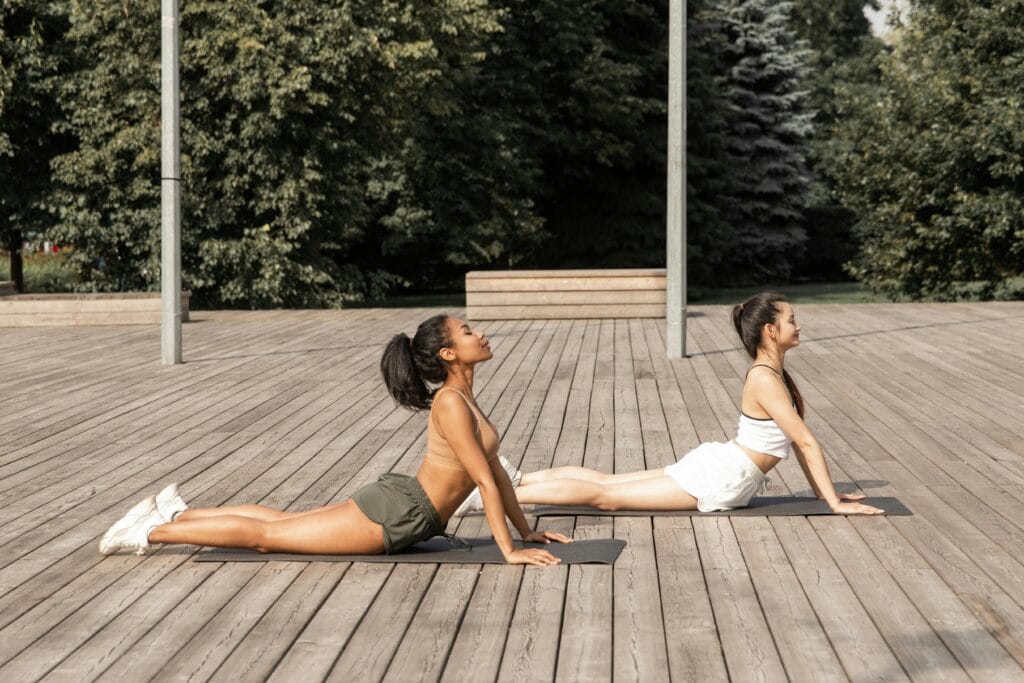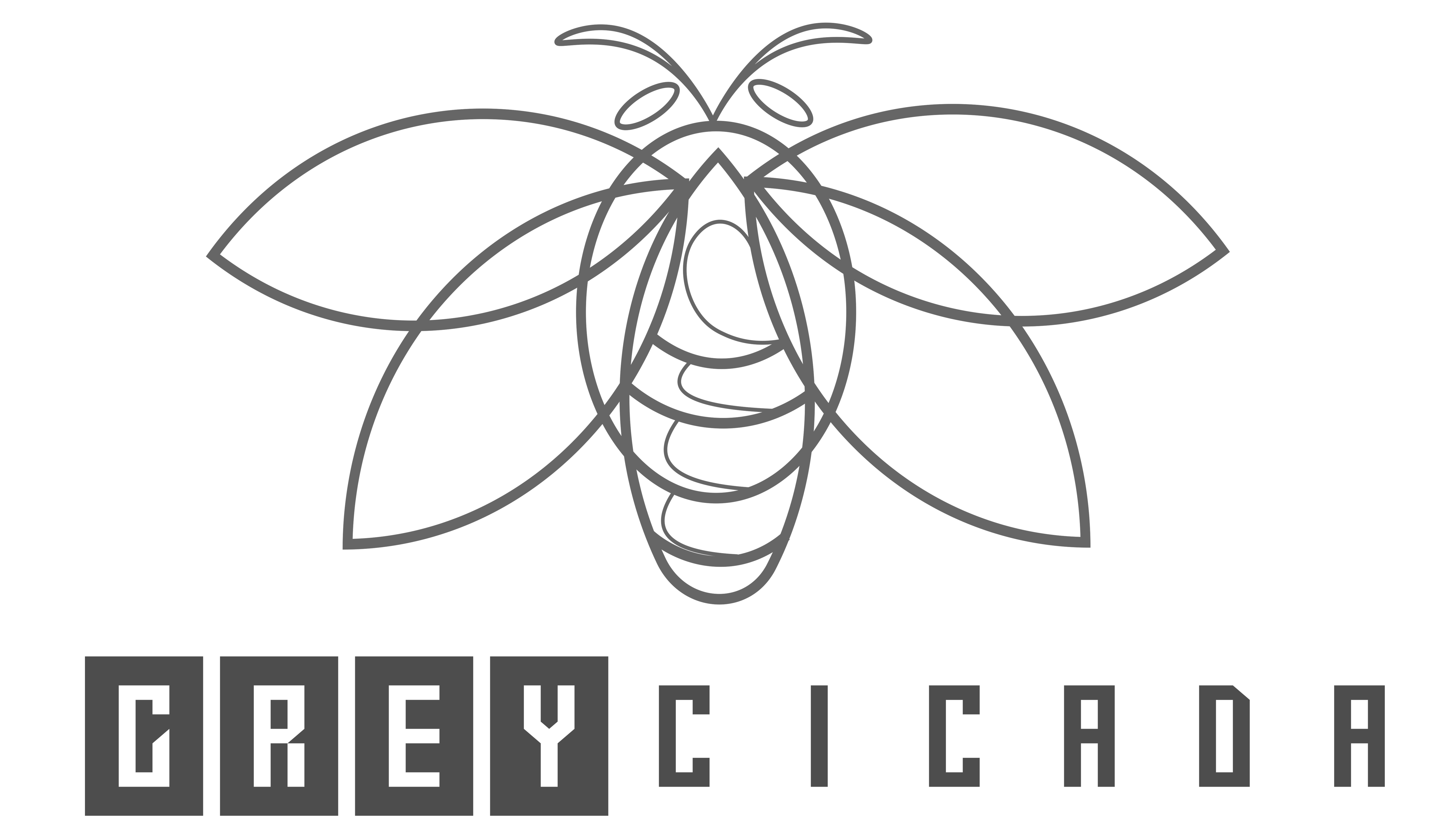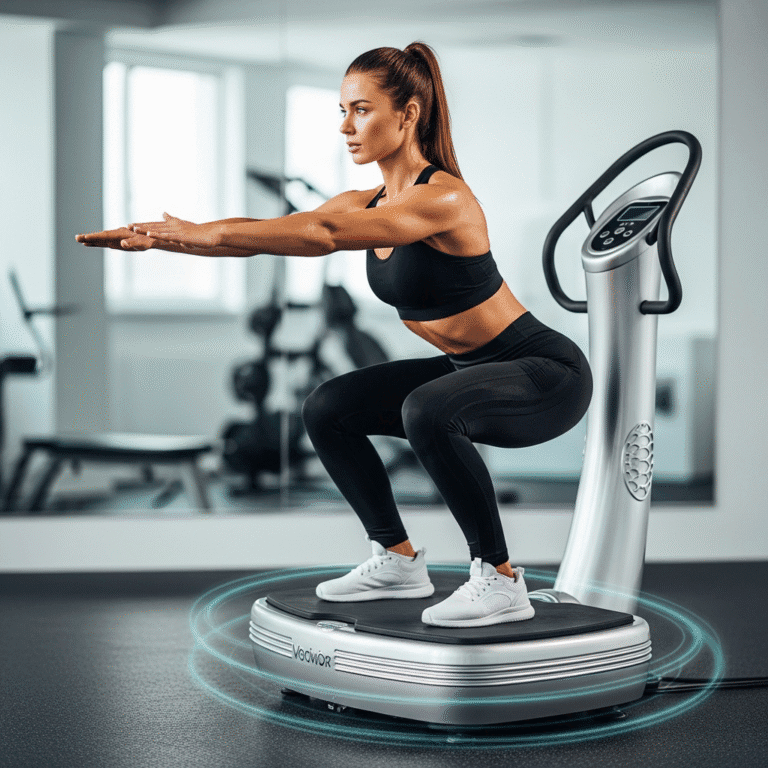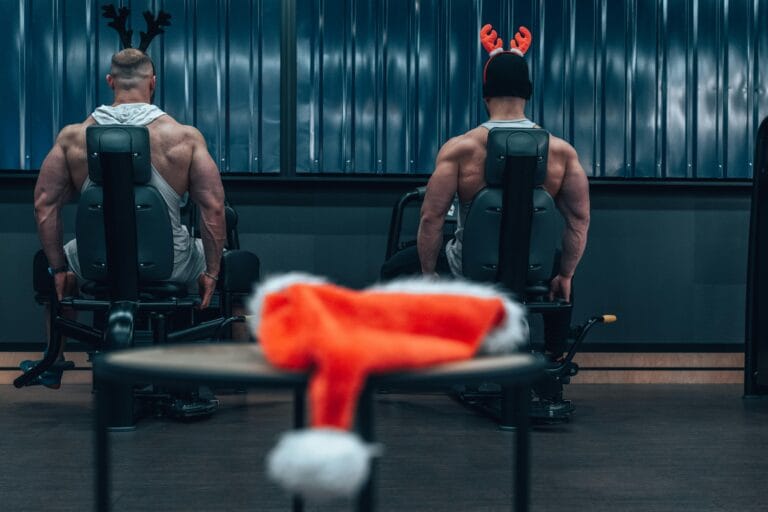FREE SHIPPING OVER $50
Tossing and Turning? These 3 Exercises Help You Fall Asleep Faster Than Medication

If you’ve ever found yourself staring at the clock at 3 AM, mentally running through your to-do list while the rest of the world sleeps, you know the frustration of insomnia. Millions struggle with sleep onset—the inability to actually fall asleep faster. Many turn to over-the-counter or prescription sleep aids, seeking a quick fix for a complex problem. However, a growing body of scientific research confirms a simple, natural solution: targeted movement.
The truth is, some forms of fitness are so profoundly effective at resetting your body’s sleep mechanisms that they can outperform chemical interventions. We are talking about specific, low-impact movements designed to calm the nervous system and regulate the sleep-wake cycle. These aren’t intense cardio sessions; they are carefully chosen exercises that directly address the mental and physical hyperactivity that keeps you awake. Here are the 3 exercises proven to help you fall asleep faster than medication, transforming your nightly routine and dramatically boosting your overall wellness.
The Biological Link: Why Fitness Fixes Insomnia
The connection between exercise and sleep longevity is no coincidence; it’s rooted in deep biology. When you struggle to fall asleep, it’s often due to two issues: a hyper-aroused nervous system and a dysregulated circadian rhythm (your internal body clock).
Specific types of fitness directly intervene in these processes. First, exercise burns off the excess cortisol and adrenaline that keep your brain “on,” providing a healthy physical exhaustion that signals the body to rest. Second, regular, timed exercise—especially the 3 exercises detailed below—helps strengthen the body’s internal clock, making you naturally tired when it’s dark and alert when it’s light. By addressing these root causes, exercise provides a sustained, natural solution that often bypasses the side effects and dependency risks associated with traditional medication.
The 3 Exercises That Outperform Sleeping Pills
These exercises are effective because they are low-impact, promote neurological calm, and should be performed consistently throughout the day, or strategically several hours before bedtime.
1. Daily Brisk Walking (The Circadian Reset)
The Hack: Consistent, brisk walking for 30 to 45 minutes, ideally performed outdoors in the morning or early afternoon.
Why It Works: Brisk walking is the ultimate circadian rhythm regulator. Exposure to natural light—especially in the morning—immediately tells your brain to stop producing the sleep hormone melatonin, strengthening the difference between your waking and sleeping states. Physically, brisk walking is low-impact enough not to cause intense muscle soreness (which can interfere with sleep), but vigorous enough to burn energy and reduce daytime anxiety. Studies show that consistent daytime aerobic activity significantly reduces the time it takes people with insomnia to fall asleep faster.
The Focus: Aim for a pace that elevates your heart rate but still allows you to hold a short conversation. Consistency is more important than speed.
2. Resistance Training (The Stress Metabolizer)
The Hack: Moderate-intensity resistance training (using weights, bands, or bodyweight) 3 to 4 times per week, ensuring the session finishes at least 4 hours before bedtime.
Why It Works: Resistance training is unparalleled at regulating blood sugar and metabolizing stress hormones. When you build lean muscle, you improve insulin sensitivity, which prevents the nighttime blood sugar dips and spikes that can cause sudden awakenings (a common cause of tossing and turning). Additionally, the physical challenge of lifting weights provides a healthy outlet for pent-up stress, ensuring your body is physically and hormonally ready for rest by bedtime.
The Focus: Compound movements like squats, push-ups, and rows. Finish your session well before the evening to give your elevated core temperature and adrenaline time to settle down.
3. Restorative Yoga or Gentle Stretching (The Nervous System Calm)
The Hack: A short, gentle session of restorative yoga or static stretching performed in the hour leading up to sleep.
Why It Works: This is the immediate, pre-sleep solution. Restorative yoga focuses on holding passive poses and deep, slow abdominal breathing. This practice directly stimulates the vagus nerve, shifting your nervous system from the sympathetic state (“fight or flight”) to the parasympathetic state (“rest and digest”). This rapid down-regulation of the nervous system is often the fastest way to quiet the mind’s racing thoughts, allowing you to fall asleep faster and achieve deeper, less fragmented sleep.
The Focus: Poses like Legs-Up-The-Wall (Viparita Karani) or Supported Child’s Pose. Concentrate entirely on making your exhale longer than your inhale.
Optimizing the Routine for Maximum Sleep Longevity
Incorporating these 3 exercises into your fitness routine requires strategic timing to ensure they enhance, rather than interfere with, your sleep longevity.
Timing Your Training for Sleep Success
- Morning/Afternoon: This is the ideal time for the brisk walking and resistance training. Getting your high-intensity or strenuous fitness done during the day maximizes the release of daytime hormones and ensures your body temperature is elevated and cooled down well before your bedtime.
- Evening (Pre-Sleep): Reserve this time strictly for the calming yoga or stretching routine. High-intensity exercise in the evening raises core body temperature and releases stimulating hormones, which can actively contribute to tossing and turning.
The Vagus Nerve Connection
The most powerful element across these 3 exercises is their ability to regulate the vagus nerve. The vagus nerve is the superhighway between your gut, heart, and brain, controlling the calm and relaxation response. The slow, deep breathing techniques inherent in yoga and the calming effect of moderate exercise are direct ways to tone this nerve. A well-toned vagus nerve is your body’s built-in, non-addictive sedative, helping you fall asleep faster than medication ever could.
Conclusion
By committing to this holistic approach to fitness, you are doing more than just moving your body; you are scientifically reprogramming your nervous system for optimal sleep. Say goodbye to tossing and turning and hello to the deep, restorative rest that is the foundation of genuine wellness and longevity.
Related Articles
- Over 40? These 5 Bodyweight Exercises Rebuild Muscle, Burn Fat & Slow Aging—No Gym Needed
- Fitness Over 45? These 5 ‘Healthy’ Habits Are Secretly Sabotaging Your Muscle Gains
- Doctors Say Slow Walkers Age Faster—Follow These Exercises to Add Years to Your Life
- Doctors Are Stunned: These 15 Mobility Tricks Have Seniors Moving Like They’re 30 Again
- 10 Exercises That Could Be Dangerous After 60—Most People Still Do #7



